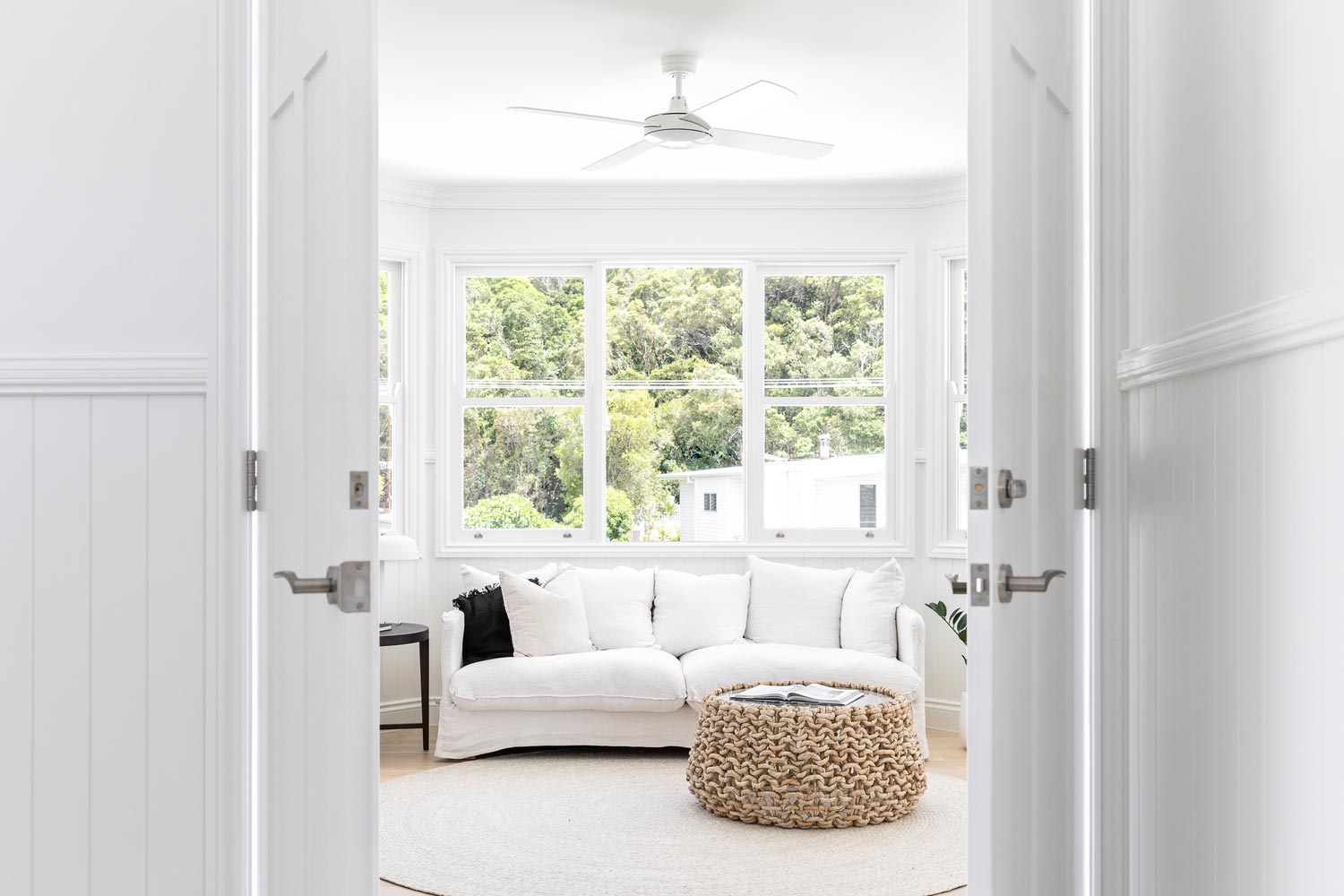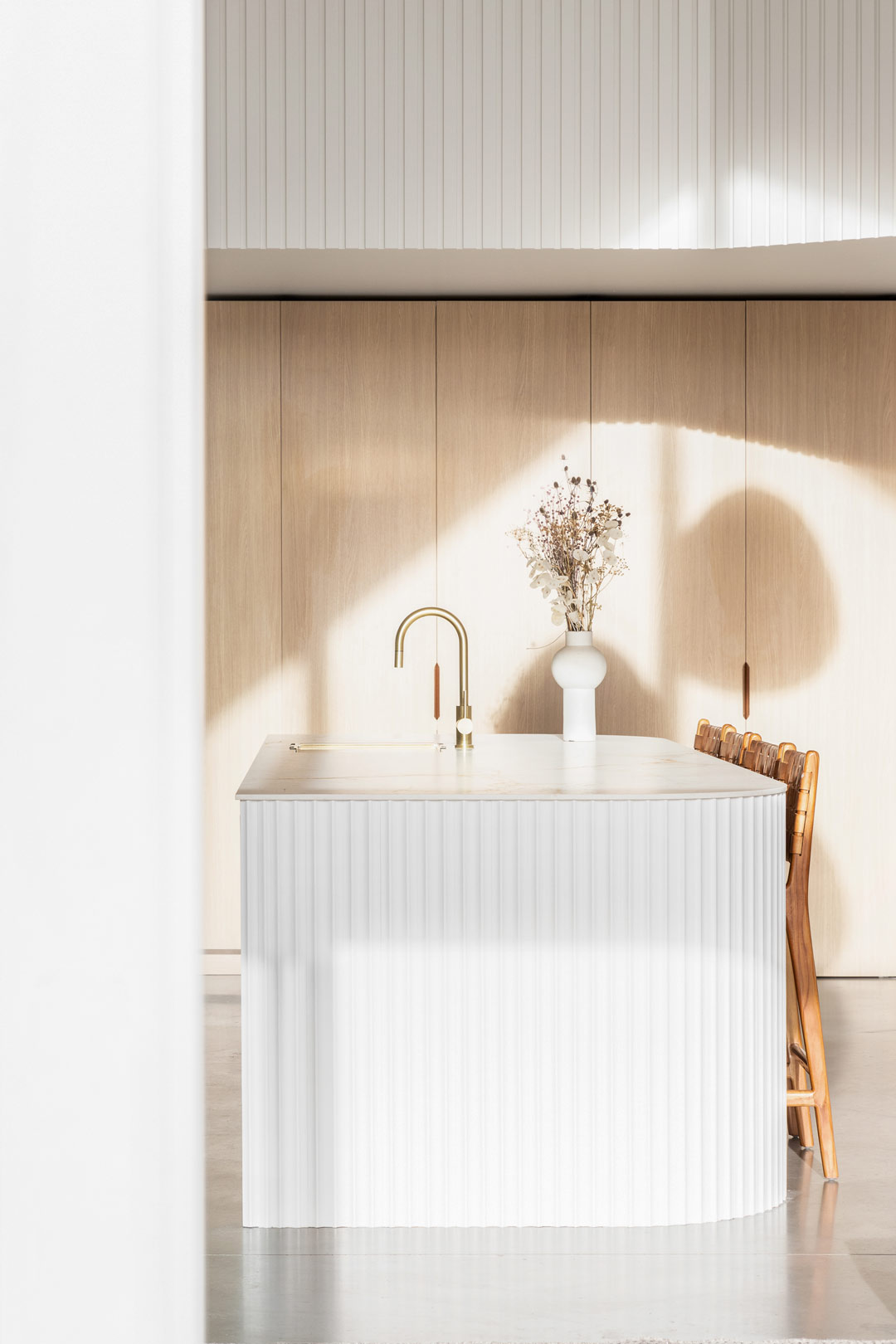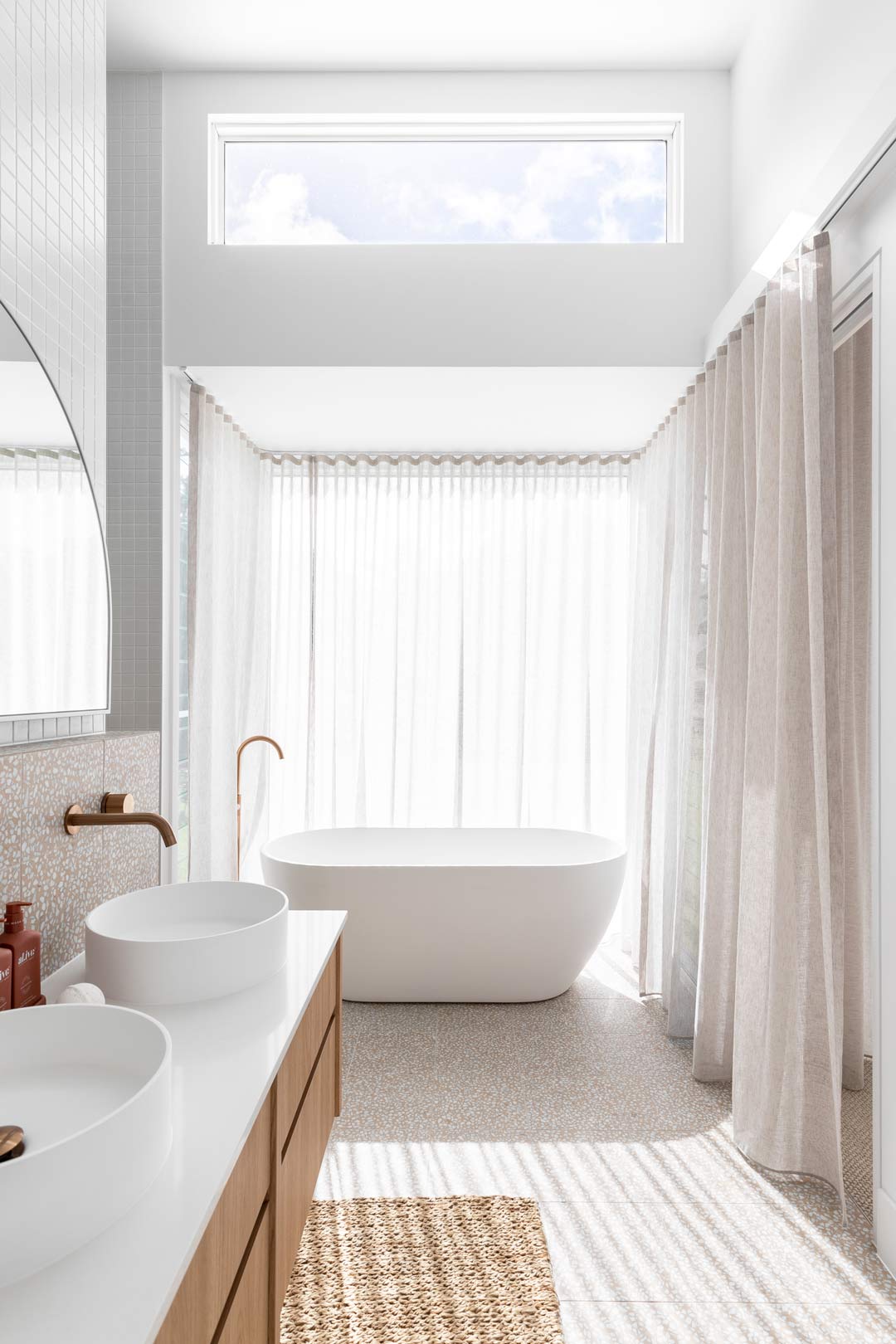How Daylighting Can Naturally Brighten Your Home

‘Daylighting’ is a natural lighting technique whereby a home is purposefully designed to passively illuminate a space.
It’s considered one of the best ways to lessen the dependence on artificial lighting, thus reducing electricity bills and conserving energy.
There are generally three different natural lighting techniques in architecture, and each one can be achieved through various types of installation. In this article, we will discuss the main ways daylighting can be achieved in design, as well as touch on the importance of natural light.
Why is natural lighting important in a house?

The importance of natural lighting in interior design is aesthetically based and physiologically essential too. Aside from providing vitamin D, moderate sunshine has the ability to regulate your circadian rhythm, which contributes to better sleep. As we spend most of our days indoors, having a light-flooded home means that you won’t miss out on the sun’s many health benefits.
Read more about the benefits of natural light in the home.
Daylighting/Natural Lighting Techniques in Architecture

There are several types of daylighting, all with their own uses and varying degrees of natural light. Read through each one and see which one could work in your design, taking into consideration how your home is oriented in regard to the sun’s trajectory. That aspect alone is extremely important when deciding how you want your space to be naturally lit.
Direct Daylighting

As the title suggests, this daylighting avenue allows direct sunshine to pour through a space, either through windows or skylights. To find the optimal immersion of light, track the sun’s path for a day on your home’s site. Decide if you would prefer morning, midday, or afternoon light — or if your design allows for it, all three. Direct daylighting creates a strong connection between indoors and out, heightening the biophilic quality of your space. It tends to be the brightest natural lighting option, so it would be wise to place it in a room where you require or want copious amounts of light.
If you opt for skylights over windows for your direct daylighting, ensure that you have adequate ventilation or insulation to keep the room at a comfortable temperature.
Indirect Daylighting

This defines light that is reflected off a surface and enters a room in a softened manner. It provides a gentler illumination, minimising the strength and glare of natural light. Typically, sunshine will enter a space but be directed to certain areas with light-reflective surfaces, such as white-coloured walls. A popular method to introduce indirect light is through installing clerestories. These are windows that are positioned high on a wall, just below the ceiling. They’re another avenue to reduce the need for artificial lighting while creating a more comfortable ambience. Clerestories, along with other indirect daylighting methods, could be a smart option for offices as less glare interferes with screens.
Diffuse Daylighting

This daylighting option is arguably the gentlest of them all, diffusing sunshine before it even enters the room. This is achieved by placing translucent panels, glass, or fabrics over the top of openings so light is dimmed but still offers a level of brightness. Depending on needs, this is also a helpful option for offices and classrooms, as bright, direct light can cause headaches.
Each daylighting method has its own benefits and pitfalls, so it’s important to discern how you intend to use a specific room in order to optimise the available natural lighting. You can use a combination of all three or choose to use one.
To see a home that used daylighting ideas in its design, explore Portum. The architects planned for a north-facing internal courtyard that acted as a central indirect light source for the whole home.



































